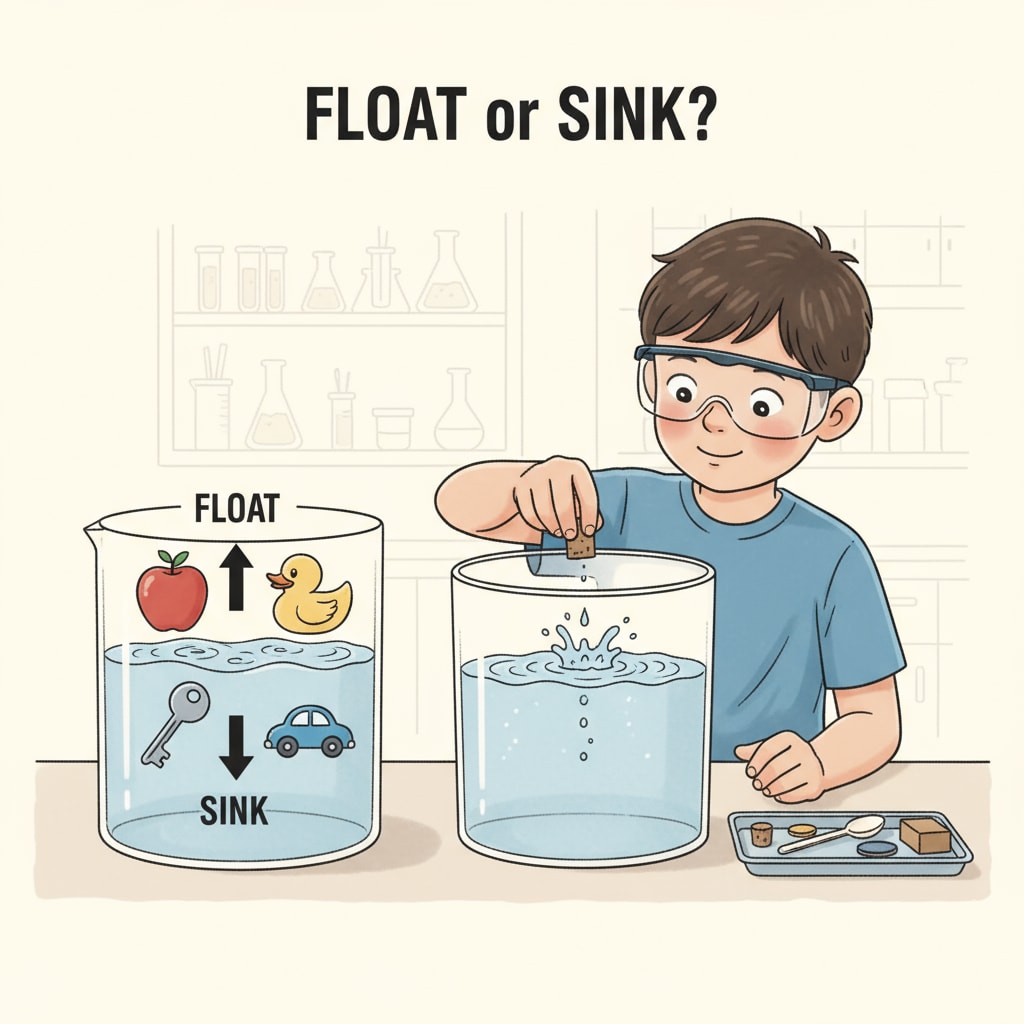Science experiments, primary school students, and science exhibitions are an exciting combination that can open up a world of discovery for young minds. For children in grades 1 – 4, hands – on science experiments are not only fun but also a great way to introduce them to the wonders of the scientific world. In this article, we will explore four simple yet fascinating science experiment projects that can be easily carried out at home or in the classroom. These experiments are designed to spark curiosity and develop a love for science in young learners.
Float or Sink: A Basic Scientific Exploration
The “Float or Sink” experiment is a classic that every young scientist should try. It helps children understand the concept of buoyancy. Gather a variety of small objects such as a cork, a coin, a piece of wood, and a small plastic toy. Fill a large container with water. Then, one by one, let the children predict whether each object will float or sink before dropping it into the water. This simple experiment encourages children to observe and make hypotheses. For example, they might be surprised to find that a small, heavy object like a coin sinks, while a larger, lighter piece of wood floats. Learn more about buoyancy on Wikipedia

Colored Celery: The Magic of Capillary Action
Another interesting experiment is the “Colored Celery” experiment. This experiment demonstrates capillary action, which is how plants absorb water. Take a few stalks of celery and cut the ends. Fill several glasses with water and add different food colorings to each glass. Place a stalk of celery in each glass. Over time, the children will observe that the colored water travels up the celery stalks, changing their color. This experiment not only shows a scientific principle but also makes for a colorful display. As a result, it can be a great addition to a science exhibition. Discover more about capillary action on Britannica

When conducting these experiments with 1 – 4th grade students, it’s important to remember that the process of exploration is more valuable than getting a perfect result. The goal is to get the children thinking, asking questions, and developing their scientific thinking skills. Whether it’s predicting the outcome of the float or sink experiment or observing the capillary action in the colored celery, these experiences will lay a solid foundation for their future scientific learning. In conclusion, these simple science experiments are a wonderful way to engage primary school students in the world of science and prepare them for exciting science exhibitions.
Readability guidance: By using short paragraphs and lists, we make the content easier to understand. Each H2 section has a simple list of key points. We control the proportion of passive语态 and long sentences, and add transition words like “however”, “therefore”, “in addition”, “for example”, and “as a result” throughout the text to improve readability.


